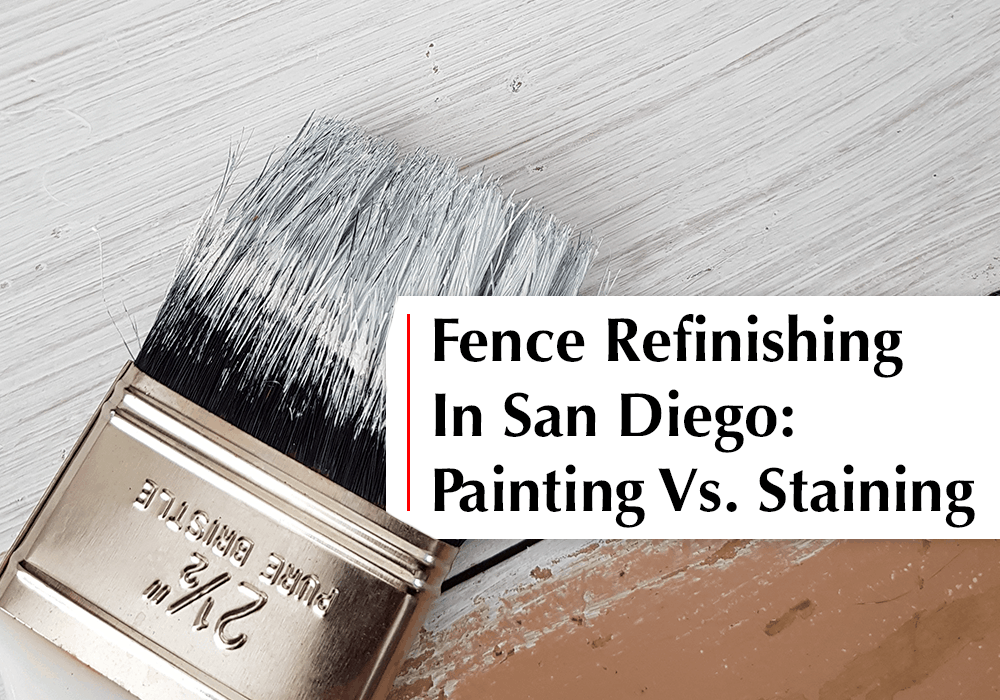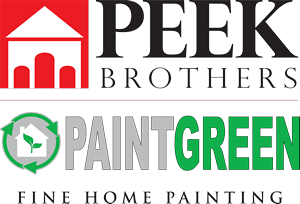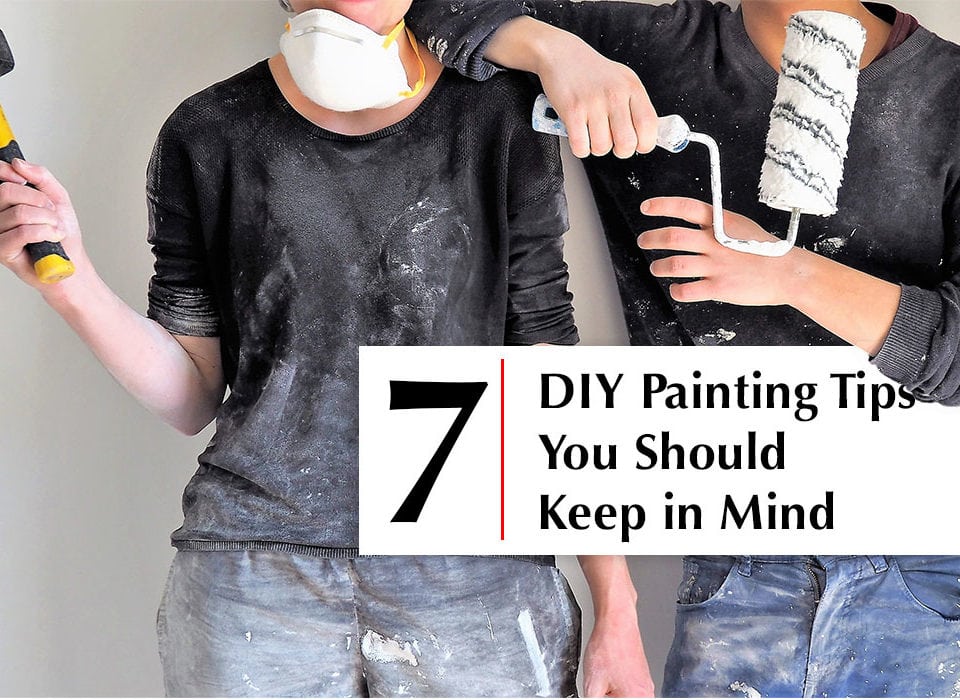Important Safety Tips During Exterior Painting

Which Paint Color is best for Your Master Bedroom?
July 17, 2019
Fence Refinishing in San Diego: Painting Vs. Staining.
August 3, 2019Repainting the exterior or interior of your house can be quite a challenge, particularly if you’re new to the brush and roller. There is a lot of labor involved and proper planning is required in order to stay safe and efficient. From the face of it, painting seems easy and harmless enough, which is why it attracts a lot of DIY enthusiasts –after all, how can a brush with smudges of paint possibly harm you?
Well, for small painting projects, there’re no major safety concerns, however, when things like ladders, scaffolding and power tools are introduced into the equation, painting becomes a potentially dangerous project. What you don’t know is that there is much more that goes on during painting than just swinging the brush. And for that reason, here are some safety tips to keep in mind when painting your home’s exterior.
Ladder Safety
Accessing and painting high areas requires using ladders and this is where most accidents happen during exterior painting. The painter’s ladder usually comes with instruction manuals, and pretty much anything you need to know is often printed on the ladder as well. Working mechanisms and safety precautions may differ from one ladder to another, so read the label carefully.
Before using any ladder, check the rungs making sure they’re in good shape. Additionally, check to see that the spreader bar is extended completely and locked in place.
Personal Protective Equipment
Always protect your lungs, skin and eyes when painting. There’re plenty of safety goggles, gloves, and respirators designed purposely for painting. When scraping, sanding, wire-brushing or patching, you need good quality leather or fabric gloves. When handling acids, bleach or other chemicals, you can simply not escape the need for eye goggles and gloves.
If you’re dealing with lead paint, you need extra precaution since inhaling lead can cause numerous health complications –there is a gas mask with filters specifically designed to filter off lead particles. If you own an older home that has lead paint, we strongly recommend that you don’t disturb the paint in any way, instead, hire an EPA lead-certified painter to help with lead containment, remediation, and treatment.
Choosing the Right Paint
When choosing paint for interior or exterior painting, always go for paints that have low or zero volatile organic compounds (VOC). VOCs are harmful chemicals that are released when the paint dries and are characterized by the “fresh paint smell” that floats around after painting. Extended exposure to VOCs can cause nausea, headaches, and irritation. Generally, always wear a respirator if the area being painted cannot be adequately ventilated, and work for short periods only.
Make Use of Drop Cloths
This is more of sanitation than a safety issue. If you have ever tried D.I.Y painting, you probably already know that it can be quite a messy affair. So before you start painting, be sure to cover any valuables around using a painter’s canvas, plastic sheets or drop cloths to avoid ruining them.
The Bottom Line
Painting isn’t a risk task, generally speaking, however, you should always be careful. Once you’re done with painting, leave the area absolutely clean.
Perhaps the most important safety tip when it comes to exterior painting is to hire a painting contractor. This transfers all the health, safety and sanitation concerns into the hands of a more experienced crew that has the training and know-how on how to limit hazards.
At Peek Brothers Painting, we take the safety and health of your family very seriously. By hiring us, you don’t have to go through the hassle of learning through accidents, injuries, and mistakes. Simply give us a call and let us have a chat about your project.





